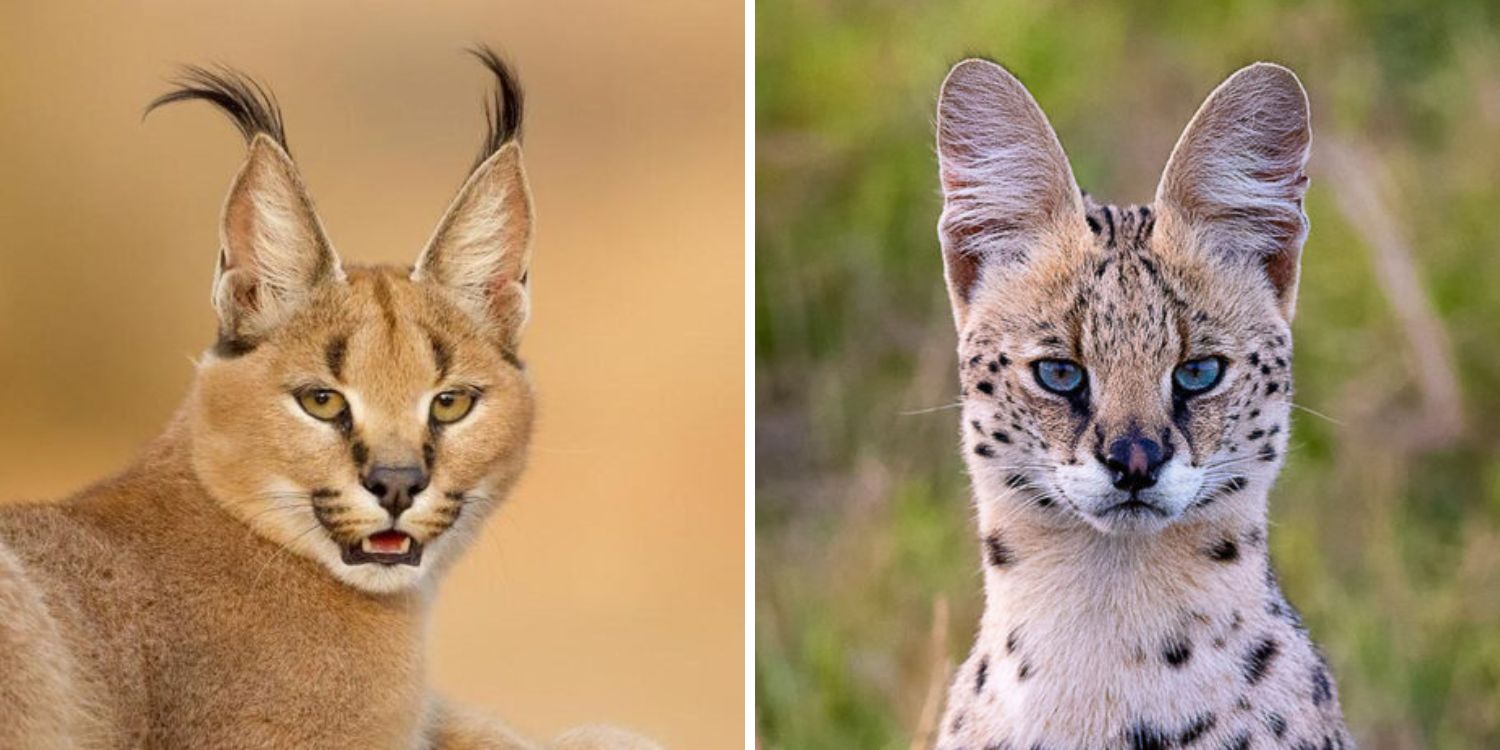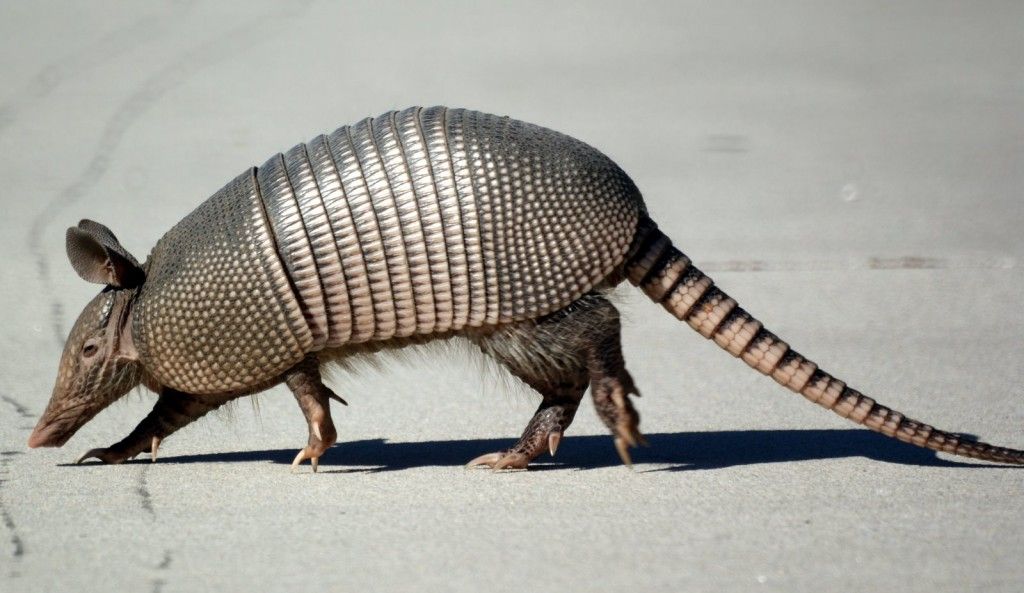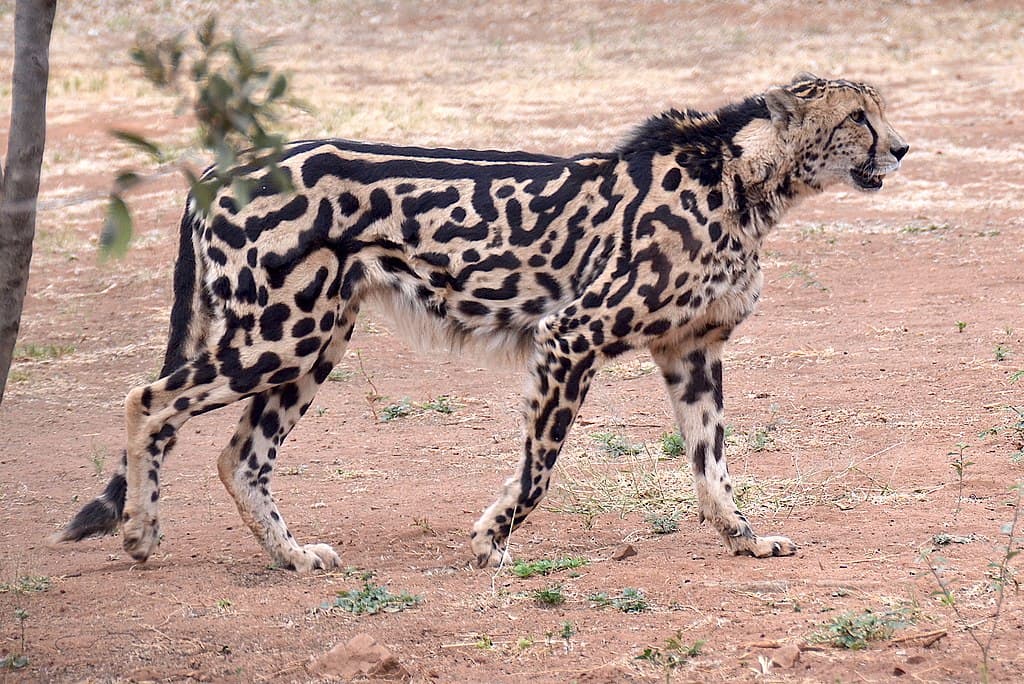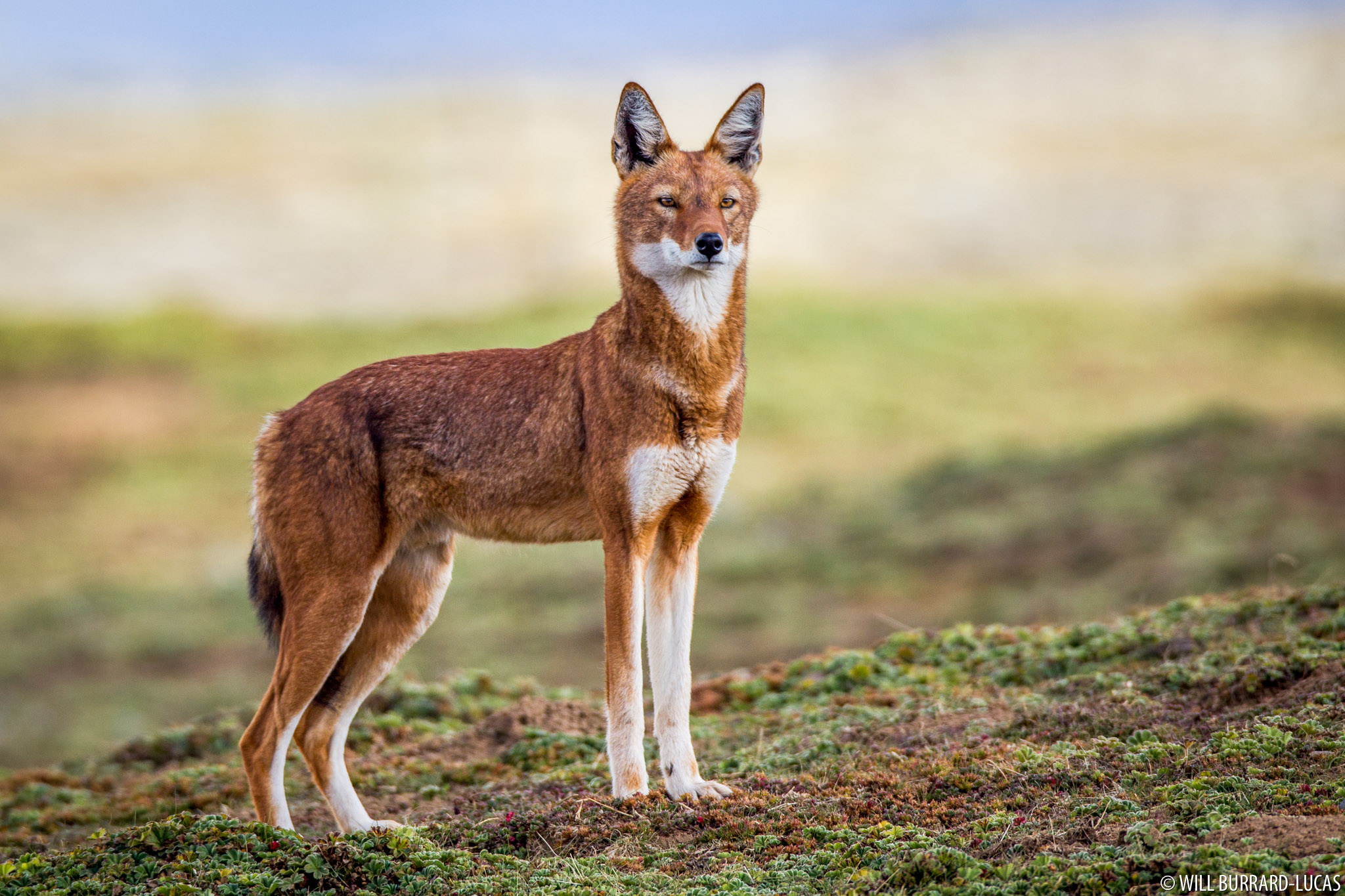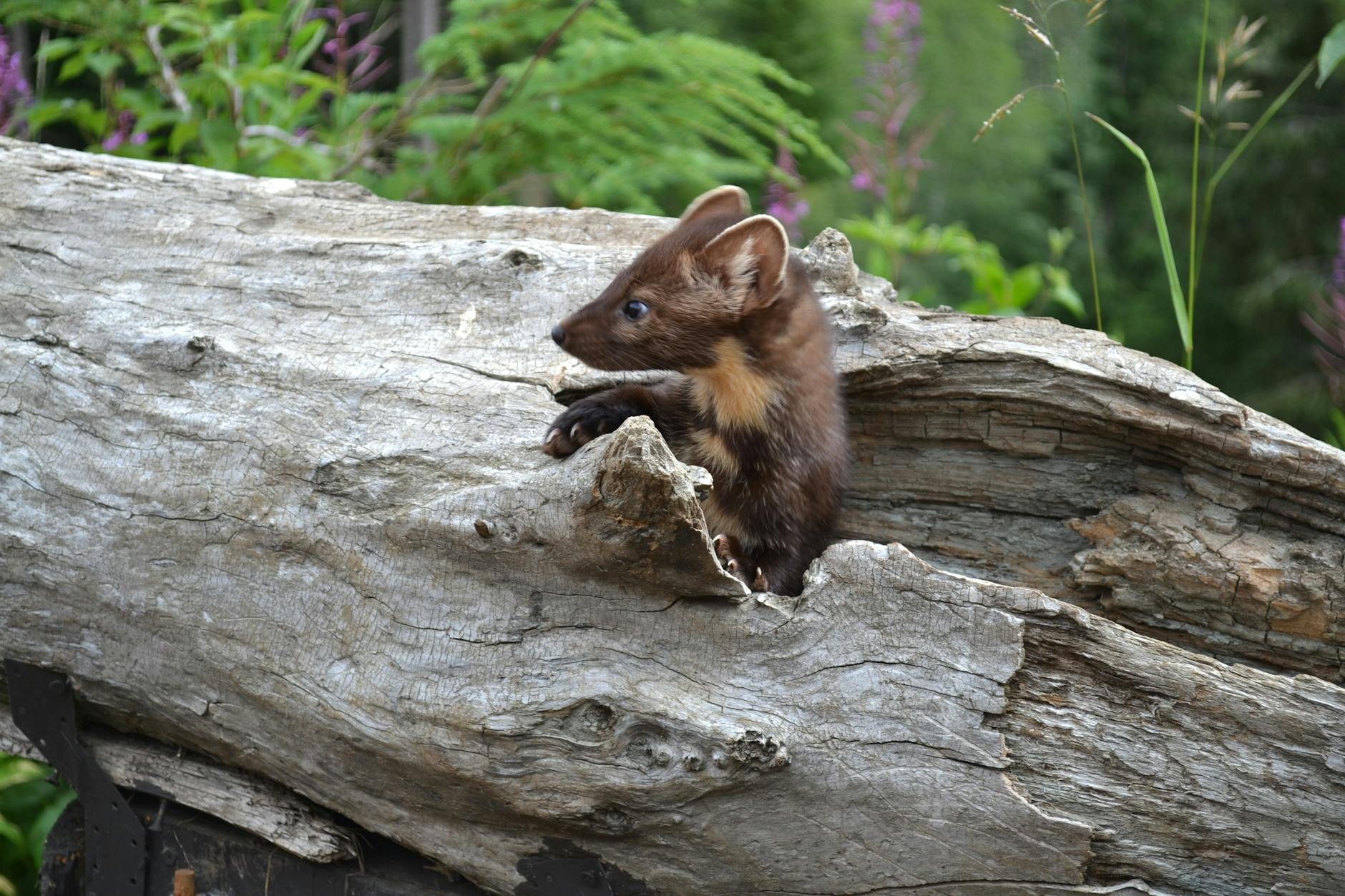
Mysterious and Agile: Exploring the World of Martens
When we think of forest-dwelling predators, wolves or owls might come to mind—but hidden among the trees, elusive and swift, is another skilled hunter: the marten. These agile, cat-like mammals are part of the mustelid family, which includes weasels, otters, and badgers. Despite their importance in forest ecosystems, martens remain relatively unknown to many people. Let’s take a closer look at these fascinating creatures.
What Is a Marten?
Martens are small to medium-sized carnivorous mammals with slender bodies, bushy tails, and sharp claws. There are several species of martens found across the Northern Hemisphere, including:
- American marten (Martes americana) – Native to North American boreal forests.
- European pine marten (Martes martes) – Found in woodland regions across Europe.
- Sable (Martes zibellina) – Native to Russia and prized historically for its luxurious fur.
They typically weigh between 1 and 3 pounds (0.5–1.5 kg), and their soft, dense fur varies in color from golden brown to dark chocolate. Their long tails help them balance in trees, where they spend a surprising amount of time.
Habitat and Behavior
Martens are forest specialists. They prefer dense, mature woodland habitats with plenty of tree cover, fallen logs, and snags for shelter and hunting. They are excellent climbers and often use the forest canopy to escape predators or sneak up on prey.
These animals are solitary and territorial, especially during the breeding season. They are most active during dusk and dawn (crepuscular), and their diet is highly varied. Martens are opportunistic feeders, consuming small mammals like voles and squirrels, birds, insects, berries, and even carrion.
Their role as predators helps maintain balance in forest ecosystems by controlling rodent populations, which can otherwise become overabundant.
Conservation Status
The conservation status of martens varies by region and species. For example, the American marten is generally not endangered but faces habitat loss due to logging and development. In contrast, the European pine marten has seen a resurgence in parts of its range after being nearly wiped out in the UK.
Conservationists are working to reintroduce pine martens to areas where they’ve disappeared, with encouraging results. In Scotland and parts of England, their return has also shown an unexpected ecological benefit—declining numbers of invasive grey squirrels, likely due to predation and competition, giving native red squirrels a fighting chance.
Why Martens Matter
Martens are more than just cute forest dwellers. Their presence is an indicator of healthy forest ecosystems. Protecting their habitats ensures the survival of many other species, from fungi to birds to other mammals.
They also hold cultural significance in many Indigenous traditions and have a long history in the fur trade—one that has left both ecological and ethical marks on their story.
Final Thoughts
Martens may be shy and secretive, but they play an outsized role in the ecosystems they call home. Whether you’re hiking through a North American pine forest or exploring the woods of Europe, keep an eye out—you might just catch a glimpse of this quiet forest guardian leaping through the trees.
More photos below ↓







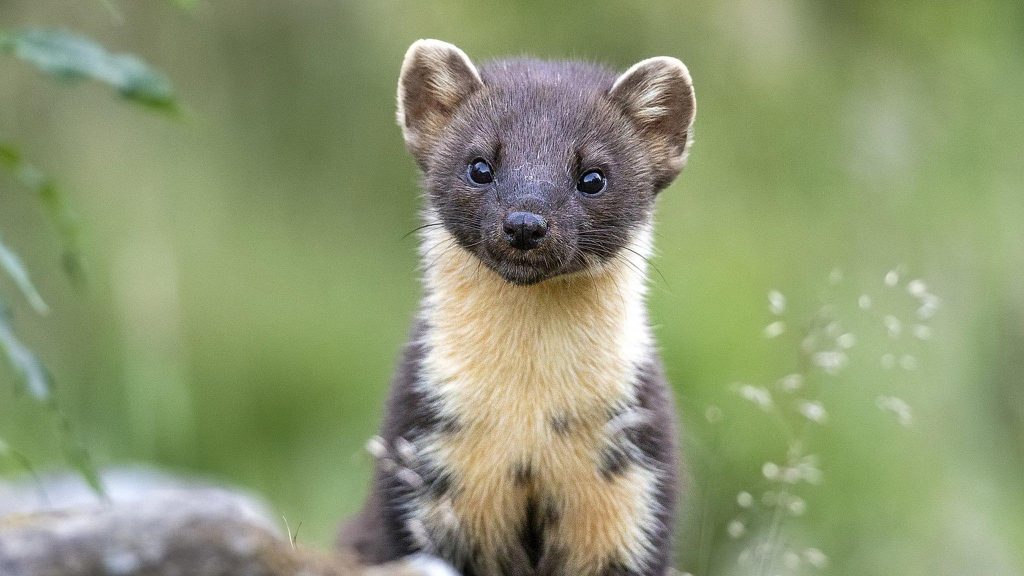








Disclaimer: This blog post is for edutainment purposes only and may not be entirely accurate.


